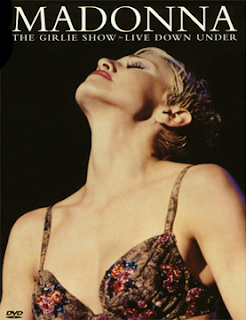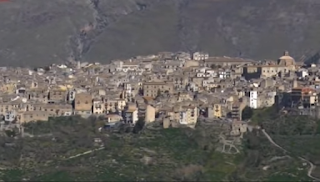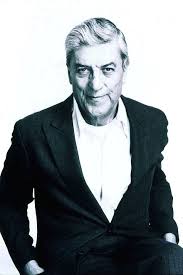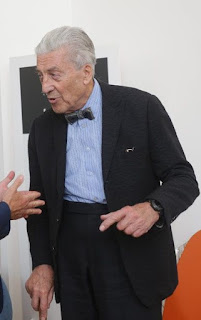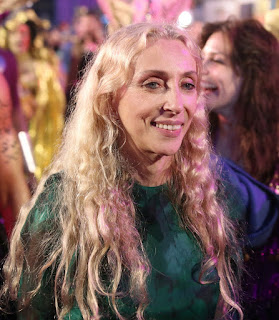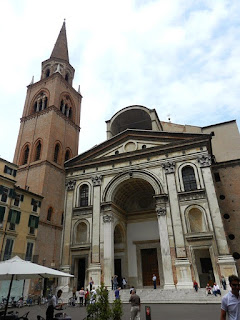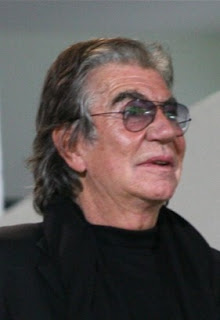'Godmother of Italian fashion' was immortalized by Warhol
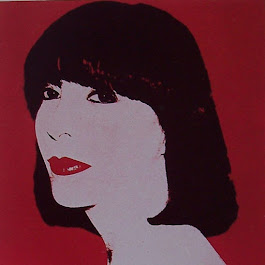 |
| Mariuccia Mandelli's trademark bob and red lipstick in Andy Warhol's painting |
Although Mandelli trained to be a primary school teacher on the advice of her mother and pursued a teaching career when she was in her twenties, she had a talent for sewing and had always been interested in fashion. It took just one lucky break to get her started.
When a friend offered her the use of a flat rent-free for six months, Mandelli went to live there, bought an old sewing machine and started making clothes. She then launched her label, Krizia - a name by which she was sometimes known - by selling the clothes from her small car, a Fiat 500. She used to drive to shops in Milan with suitcases full of samples and by 1954 had established a ready-to-wear fashion house.
Mandelli also went on to establish a popular line of men’s wear, one of the first female fashion designers to do this successfully.
In 1964, Mandelli unveiled her first black-and-white collection at the Palazzo Pitti in Florence, the designs for which earned her a Critica della Moda award.
 |
| The Krizia logo became famous in the 1960s and '70s |
Mandelli stepped down from her leadership of the company in 2014 when it was sold to a Chinese corporation, Shenzhen Marisfrolg, having run Krizia for 60 years.
After Mandelli died at her home in Milan in December 2015 at the age of 90, an obituary in the Guardian newspaper called her the Godmother of Italian fashion.
 |
| The Città Alta's elevated position offers views over beautiful rolling countryside |
Mariucccia Mandelli was born in Bergamo’s Città Alta and although she lived in Milan after launching Krizia, she remained proud of her home town and often talked about it in interviews. Bergamo is just under 60km (37 miles) to the northeast of Milan, close to the Italian lakes and alpine skiing resorts and is regarded as Lombardy’s second most important city. Bergamo is an artistic and cultural treasure chest, but also has its own natural beauty, set among hills, mountains, lakes and rolling countryside. The Città Alta is visible in the skyline from both Bergamo airport and the city’s lower town, the Città Bassa. It is an impressive fortified city in its own right, which has retained many of its 12th century buildings and also has some stunning Renaissance and Baroque architecture.
 |
| The Palazzo Pitti became the main Florence residence of the wealthy Medici family |
Palazzo Pitti, in Florence, where Mariuccia Mandelli showed her famous black and white collection in 1964, was originally built for the banker Luca Pitti in 1457 to try to outshine the palaces owned by the Medici family. The Medici eventually bought Palazzo Pitti from Luca Pitti’s bankrupt heirs and made it their main residence in Florence in 1550. Today, visitors can look round the richly decorated rooms and see artistic treasures from the Medici collections. The beautiful Boboli Gardens behind the palace are 16th century formal Italian gardens filled with statues and fountains.
Also on this day:
1788: The death in Rome of Bonnie Prince Charlie, pretender to the British throne
1857: The birth of architect Ernesto Basile
1888: The death of Saint Don Bosco
1933: The birth of Mafia boss Bernardo Provenzano
1942: The birth of actress Daniela Bianchi


